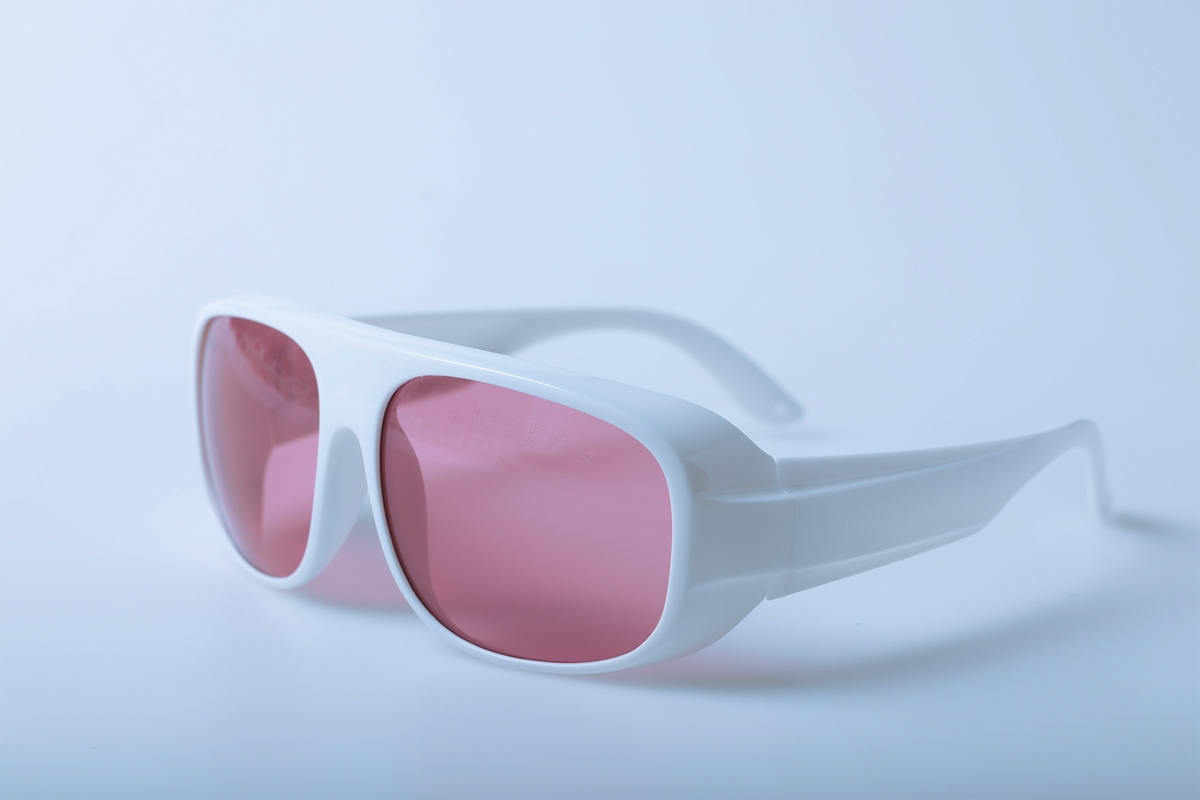How Often Should Laser Protection Goggles Be Replaced?
With the increasing prevalence of laser technology, laser protection goggles, as protective equipment to ensure the safety of the human eyes during laser operations, have raised a common question: How often should laser protection goggles be replaced?
Generally, there is no fixed timeline for the replacement cycle of laser protection goggles. However, the need to replace them mainly depends on the following factors:
Frequency and Duration of Use
If laser protection goggles are used in a high-frequency work environment, such as being exposed to laser environments for long periods (several hours or more) every day, their optical performance will gradually decline over time. In such cases, replacement may be needed every 1-2 years. Prolonged laser exposure can lead to aging or peeling of the protective coating on the lenses, or even cause microscopic damage to the lenses themselves, thereby compromising their protective effectiveness.
Conversely, if the goggles are only used occasionally (less than a few dozen times a year, with short usage each time), their lifespan may be relatively longer, potentially lasting 3-5 years or even more.

Laser Intensity and Type
Lenses are more prone to damage when protection goggles are frequently used in high-energy, high-power laser environments. For instance, in industrial laser cutting, welding, and other high-power laser applications, the intense laser beams can potentially damage the protective lenses. In such situations, the goggles may need to be inspected and replaced more frequently, perhaps every 6 months to a year.
Different types of lasers (such as ultraviolet, infrared, and visible lasers) also have varying mechanisms of damage to protective goggles. Ultraviolet lasers may cause photochemical reactions in the lens material, leading to aging, while infrared lasers may cause microscopic deformations or internal stress changes in the lenses due to heat. If frequently exposed to multiple high-risk laser types, the replacement cycle will also be correspondingly shortened.
Lens Quality
High-quality laser protection goggles typically have better durability and protective performance. They may utilize advanced protective materials and multilayer coating technologies to maintain good protective effects for a longer period. In contrast, lower-quality lenses may experience a faster decline in performance. Our company, JUNZE Technology, uses imported absorber materials that absorb specific wavelengths, ensuring excellent protective performance for an extended period. Even if the lens surface has scratches, it does not affect the protective effectiveness of the laser protection goggles.
Maintenance
Proper maintenance can extend the lifespan of protective goggles. Cleaning the lenses promptly after use, avoiding scratches and contamination on the lens surface, and storing them in a dry, dark environment all help maintain lens performance. With proper maintenance, protective goggles can last around 2-3 years even under moderate usage intensity. However, if maintenance is poor, such as frequent scratching of the lenses or contamination with corrosive substances, replacement may be needed within a few months.
Replacement in Special Circumstances
Special Requirements in the Medical Field: In specific work environments, such as the medical field, laser protection goggles should be immediately replaced and cleaned and disinfected if the lenses are contaminated by patient bodily fluids or blood. This is because bodily fluids and blood may contain various pathogens. Without timely replacement and treatment, it can not only affect the protective performance of the lenses but also pose a threat to the user's health. For example, in ophthalmic laser surgeries, once the lenses are splashed with patient blood, the proteins and other substances in the blood may dry and solidify on the lens surface, affecting its transparency and optical performance, and also posing a risk of disease transmission.
Handling of Other Contamination Situations: Besides contamination by bodily fluids and blood, in some industrial environments, laser protection goggles should also be promptly treated or replaced if the lenses are contaminated by chemicals, oils, etc., depending on the degree and nature of the contamination. For example, in chemical production workshops, if the lenses come into contact with corrosive chemicals, it may damage the surface coating or material structure of the lenses, thereby reducing their protective effectiveness. In such cases, the lenses should be replaced as soon as possible to ensure eye safety.
Related Products
Submitted successfully
We will contact you as soon as possible




